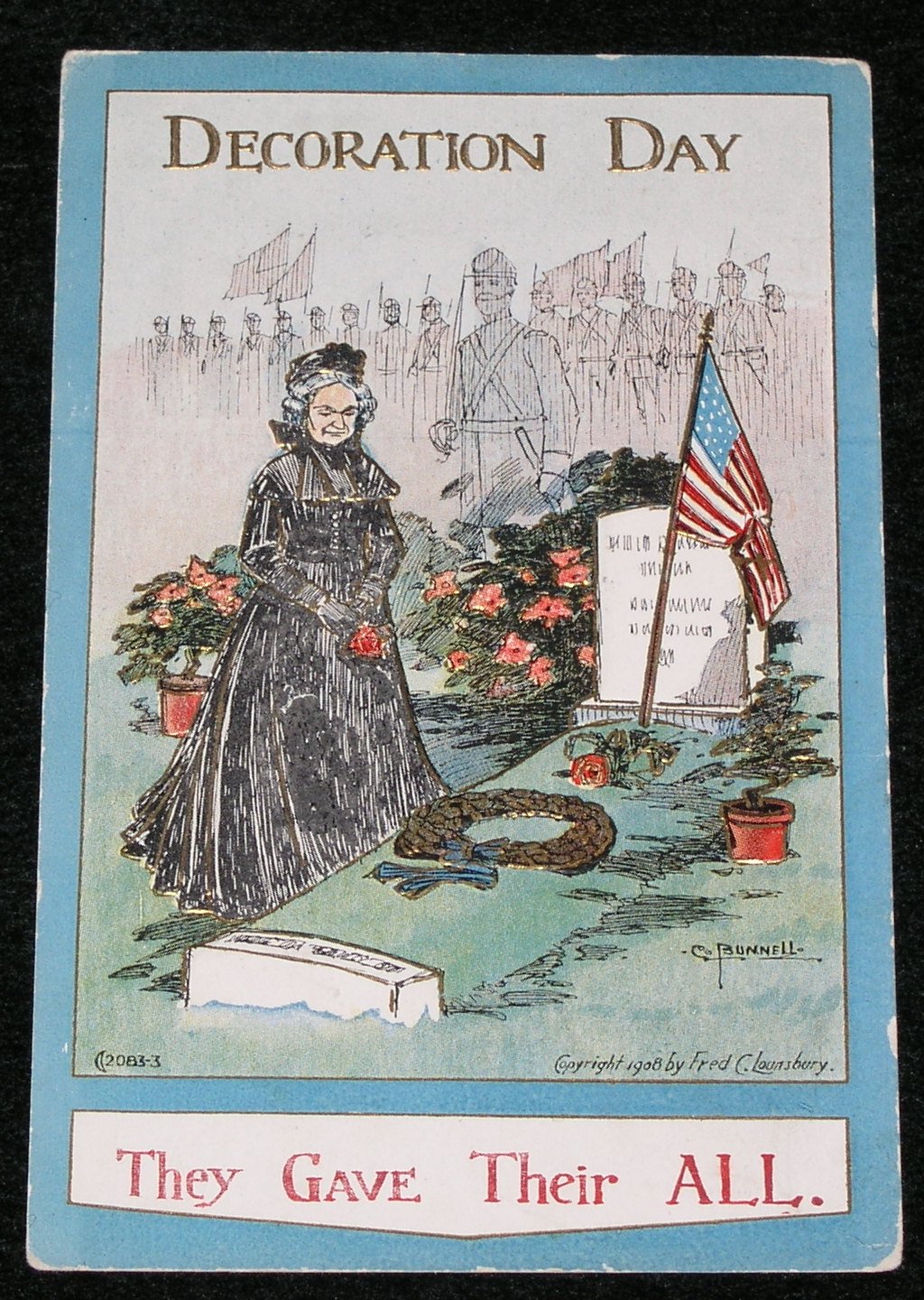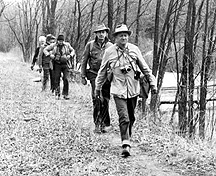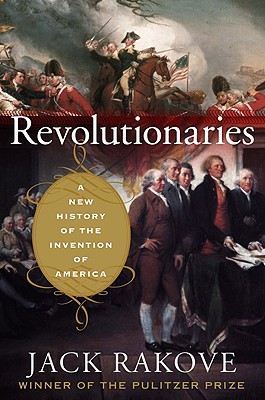The Historical Society convenes for its conference,
Historical Inquiry in the New Century, on June 3-5, 2010, George Washington University, Washington, DC. Here are some panels of interest to legal historians.
GENDER AND LEGAL HISTORY
Chair: Mary L. Clark, American University
Felice J. Batlan, Chicago-Kent College of Law, "The Birth of Legal Aid: Women, Gender, and Ideology in the Long 19th Century"
Gwen Hoerr Jordan, Northern Illinois University, "'At the Intersection of Racist and Sexist Oppression': Black Women Lawyers' Strategies for Justice in the Pre-Civil Rights Era"
Mae C. Quinn, Washington University School of Law, "Feminist Legal Realism: Realistic Women on the Benches, in the Trenches, and Beyond"
Comment: Mary L. Clark
CIVIL RIGHTS AND THE BACKLASH
Chair: Sonya Michel, Woodrow Wilson Center
Jerald Podair, Lawrence University, “‘One City, One Standard’: The Struggle for Equality in Rudolph Giuliani's New York”
Brett Gadsden, Emory University, “Refiguring White Backlash: Joseph Biden and the Liberal Retreat from School Desegregation”
Clarence Taylor, Baruch College, “The New York City Teacher's Union and Civil Rights”
Comment: Sonya Michel
POLITICS, POLICY, AND PRACTICE IN THE EARLY UNITED STATES
Chair: Jeff Vanke, The Historical Society
Laura K. Inglis, University of Oxford, “To Constrain the Legislature: The Rise of Substantive Due Process in New York State”
William Cochran Pruett, United States Army, “Essays and Treatises: The Use of the Book in the Artillery during the American Revolution, Theory and Practice”
Michal Jan Rozbicki, Saint Louis University, “Culture and Liberty: Reexamining the American Revolution”
Harold D. Langley, Smithsonian Institution, “The First Federal Public Health Program: Efforts to Care for Sick Sailors in the Antebellum United States”
VERBATIM SOURCES: TRUTH, POWER, AND GILDED AGE WORKING-CLASS HISTORY
Chair: Richard Stott, George Washington University
Theresa A. Case, University of Houston-Downtown, “Source Criticism and Industrial-Age Congressional Committee Investigations of Labor Unrest”
Andrew B. Arnold, Kutztown University of Pennsylvania, “Reading Between the Lines of Criminal Conspiracy”
Comment: Richard Stott
RETHINKING EMANCIPATION
Chair: Alex Lichtenstein, Florida International University
James Oakes, CUNY Graduate Center, "Rethinking Emancipation"
Comment: Alex Lichtenstein
Comment: Chandra Manning, Georgetown University
DUELS AND ANTI-DUELING IN MODERN TIMES: ITALY AND AMERICA, COMPARATIVE PERSPECTIVES
Chair: Randolph Roth, Ohio State University
Steven Hughes, Loyola University, Baltimore, "Dueling after Il Duce: Postwar Conflicts of Honor in Italy"
Bertram Wyatt-Brown, University of Florida and Johns Hopkins University, "Murder by Duel: Prosecutors’ Indictments in America, 1990-2009"
Comment: Vernon Burton, Coastal Carolina University and the University of Illinois
Comment: Christopher S. Celenza, Johns Hopkins University
"THE LONG CIVIL RIGHTS MOVEMENT": A ROUNDTABLE
Chair: Eric Arnesen, George Washington University
Patricia Sullivan, University of South Carolina
J. Mills Thornton, University of Michigan
Beth Bates, Wayne State University
Robert Korstad, Duke University
James Leloudis, University of North Carolina at Chapel Hill
HISTORIANS AND LITIGATION
Chair: J. Morgan Kousser, California Institute of Technology
Louis Kyriakoudes, University of Southern Mississippi
Orville Vernon Burton, Coastal Carolina University
W. Fitzhugh Brundage, University of North Carolina
Comment: J. Morgan Kousser
NEW DIRECTIONS IN THE HISTORY OF CIVIL RIGHTS AND RACE IN THE U.S., I
Chair: James Miller, George Washington University
Thomas Guglielmo, George Washington University, “Raising a Black and ‘So-Called White’ Military: Race-Making and America's World War II Draft”
Touré Reed, Illinois State University, “The Urban League in the New Deal Era”
Yevette Richards Jordan, George Mason University, “George McCray and the Shifting Dimensions of a Transnational Black Identity in Newly Independent Ghana”
NEW DIRECTIONS IN THE HISTORY OF CIVIL RIGHTS AND RACE IN THE U.S., II
Chair: David Chappell, University of Oklahoma
Kevin Gerard Boyle, Ohio State University, “Redemption: Civil Rights, History, and the Promise of America”
Joseph Kip Kosek, George Washington University, “‘Who Is Their God?’: Religion and the Civil Rights Movement”
Sophia Z. Lee, Yale University, “Without the Intervention of Lawyers’: Race, Labor, and Conservative Politics in 1950s America”
Comment: David Chappell
NEW DIRECTIONS IN THE HISTORY OF CIVIL RIGHTS AND RACE IN THE U.S., III
Chair: Steven Reich, James Madison University
James Ralph, Middlebury College, “‘It is an Eternal Struggle’: The Pursuit of Civil Rights in the Land of Lincoln”
James D. Wolfinger, DePaul University, “‘The American Ideals of Justice and Equality’: The African-American Fight for Equal Rights in Levittown”
Kenneth Mack, Harvard Law School, “Race, Representation, and the Creation of the Civil Rights Lawyer”

ise open to the public was a denial of their basic humanity as American citizens. The proprietors took the position that Paul seemed to endorse, that their basic rights as property owners allowed them to refuse service to anyone they pleased. Which side was correct? Predictably, white racists sympathized with the proprietors, but others did as well.
of the proprietors.






















